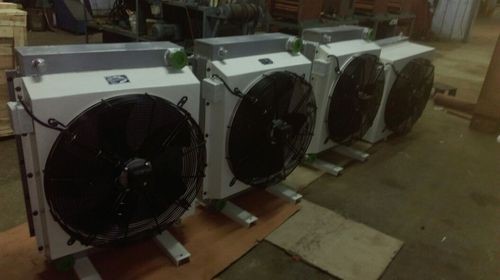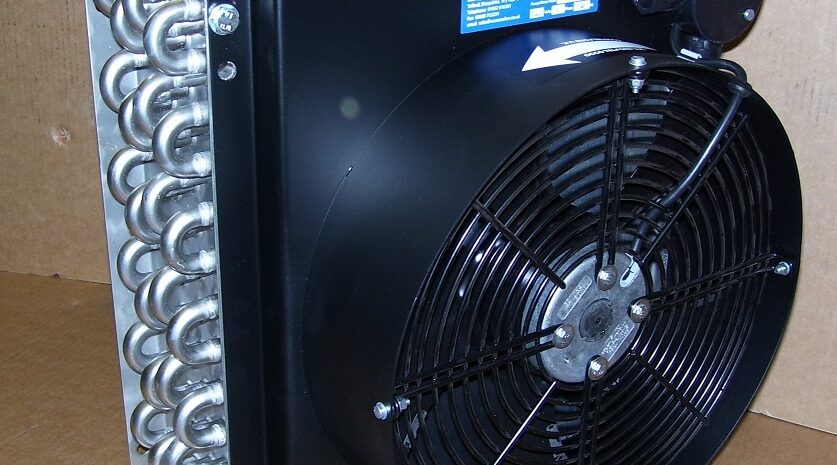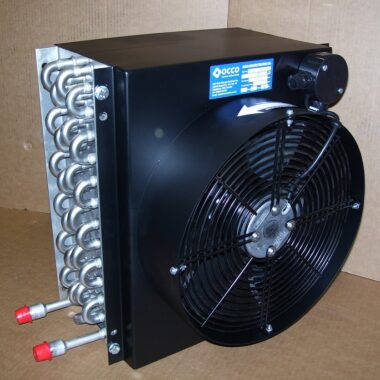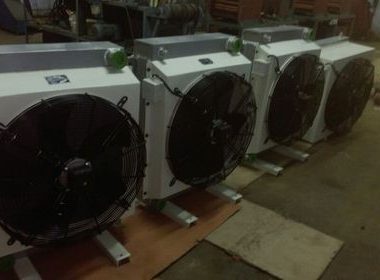The Working Principle of Charge Air Coolers
The Working Principle of Charge Air Coolers
Charge Air Coolers (CACs), moreover known as intercoolers, are heat exchangers utilized in inside combustion motors to cool the intake air before it enters the engine’s combustion chamber. The essential reason of a charge air cooler is to extend the thickness of the intake air, which progresses motor effectiveness and execution. Here’s the working principle of charge air coolers:
1. Introduction of Hot Compressed Air:
The method starts with the hot and compressed air coming specifically from the engine’s turbocharger or supercharger. This air has been compressed to extend its weight some time recently entering the combustion chamber.
2. Routing Through Intercooler:
The hot compressed air is at that point directed through the charge air cooler, which is ordinarily situated between the turbocharger or supercharger outlet and the engine’s admissions complex.
3. Heat Exchange with Ambient Air:
Within the charge air cooler, the hot compressed air passes through a organize of tubes or entries. Encompassing these entries is surrounding air, which is either drawn through the cooler by the vehicle’s forward movement or constrained through by an assistant fan.
4. Cooling Component:
Heat trade happens between the hot compressed air interior the tubes and the cooler surrounding air exterior. The exchange of heat causes the temperature of the compressed air to diminish.
5. Densification of Air:
As the temperature of the compressed air diminishes, its thickness increments. This is often due to the perfect gas law, which states that at steady pressure, the volume of a gas is contrarily corresponding to its temperature.
6. Improved Oxygen Content:
The denser, cooler air contains the next concentration of oxygen atoms. This oxygen-rich air is then provided to the engine’s combustion chamber.
7. Benefits to Combustion:
The cooler and denser air comes about in more effective combustion when blended with fuel within the motor. This effectiveness leads to made strides motor execution, expanded control yield, and decreased emanations.
8. Prevention of Explosion:
Cooler admissions air too makes a difference in anticipating explosion or pre-ignition, which can be harming to the motor. Lower admissions air temperatures diminish the probability of unconstrained combustion some time recently the start start happens.
9. Turbocharger Effectiveness:
Charge air coolers contribute to the by and large proficiency of the turbocharging framework. By lessening the temperature of the compressed air some time recently it enters the motor, the workload on the turbocharger is diminished, progressing its effectiveness and solidness.
Charge air coolers are vital components in present day car and mechanical motors, contributing to expanded productivity, superior fuel economy, and compliance with emanation measures. Their working guideline spins around the basic concept of cooling the compressed air to improve its thickness, eventually making strides the combustion prepare inside the motor.






